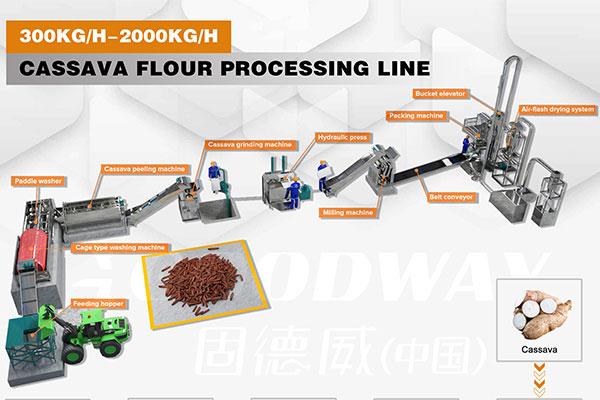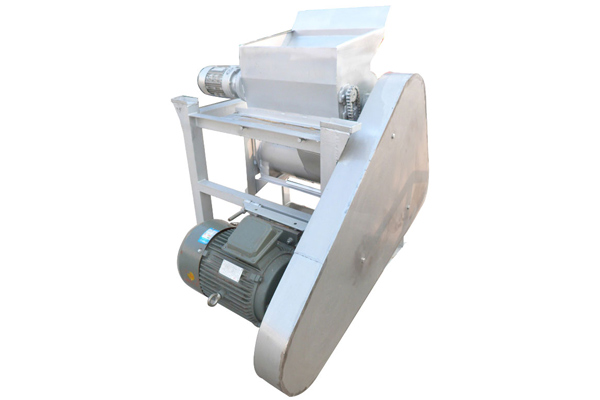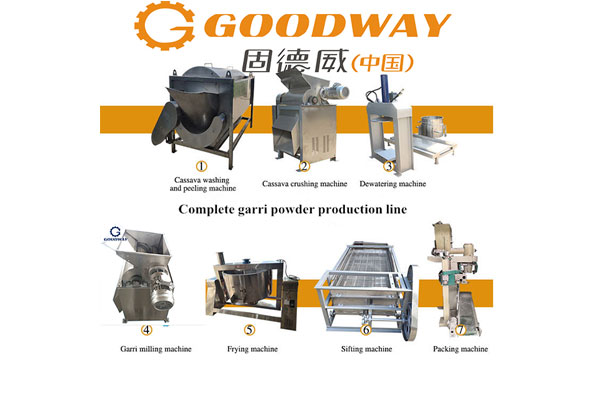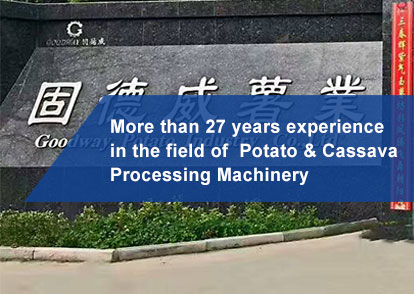1. Comprehensive utilization of cell sap water in cassava starch processing
The composition of tuber cell sap water is related to tuber varieties and cassava starch production process technology. The dry matter concentration in potato juice is generally 1%-3%. The dry matter contains 32.8% of protein, 6.6% of starch, 6.6% of glucose, 0.2% of fiber, 16.4% of ash, and 37.4% of others. The composition of sweet potato juice is 96% moisture, 0.55%-0.94% nitrogenous substances (calculated as protein), 0.52%-0.92% sugar, and about 2% others. The composition of cassava juice is similar to sweet potato juice, but contains hydrocyanic acid.
The potato juice is not easy to use because of its low concentration, variability, and anti-nutritional or toxic substances. The current ways of utilization include extracting protein, making it as raw material for fermentation industry after being concentrated, making feed after being concentrated, producing protein feed after fermentation, and making methane (biogas) sediment by fermentation to make agricultural fertilizer.
The juice concentration method and the single-cell protein production method are the same as those of corn steep liquor. The recovery of protein in the cell sap requires steam heating to condense the protein. This method is called thermal coagulation. The specific operation is to acidify the juice to pH 2.5, then heat it to over 99°C, and filter it with a plate and frame filter press. The condensed protein is then dried in a drum dryer to obtain protein powder.
2. Comprehensive utilization of cassava starch processing powder residue
The wet powder residue contains about 90% moisture, 5% starch, 0.95% protein, 1.52% crude fiber, 0.28% ash, and a small amount of uronic anhydride, pectin, etc.
Wet powder slag is very easy to decay and is not easy to store. It is generally used as feed after dehydration and drying. Centrifugal dehydrator and screw extruder are used for dehydration, the moisture content after dehydration is about 70%, and the tube bundle dryer is commonly used for drying, and the moisture content after drying is 16%. The powder residue can also be mixed with cell fluid and then saccharified, and then protein feed and liquid culture medium can be prepared.
1. The cassava starch processing uses steam to heat the cell liquid and mix it with the powder residue, then heat it to 110-120°C with steam to sterilize and coagulate the protein, then cool it to 62-64°C, and add barley malt for 2h saccharification. The saccharified material is heated to 70-80°C for pressure filtration, and the filter residue is dried as a protein feed;
2. After the cassava starch processing filtrate is concentrated by evaporation, it can be used as a culture medium for the fermentation industry. Its components are sugar, protein hydrolysate, glucose, sucrose, maltose and various amino acids.

 EN
EN
 fr
fr  es
es  it
it  pt
pt 







